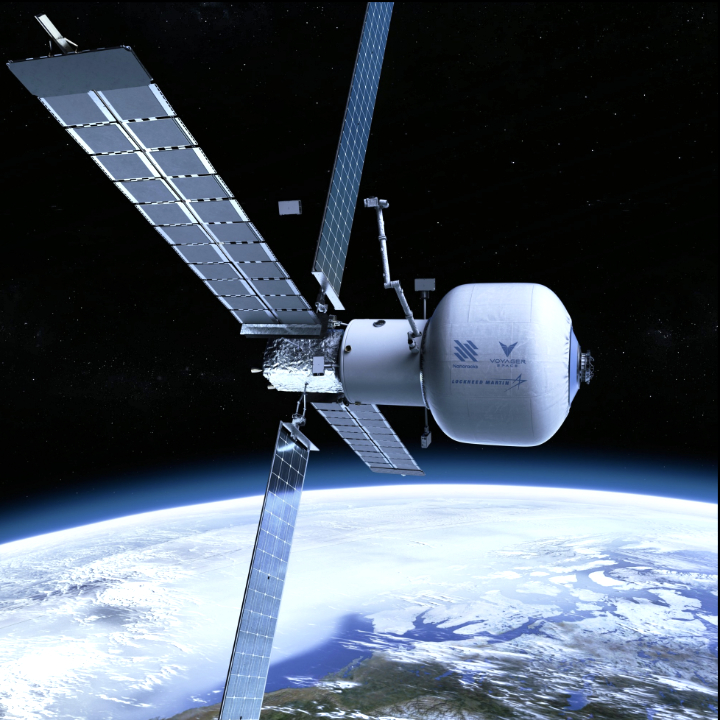
As of 7:05 p.m. central time on Saturday, July 2nd, NanoRacks successfully cycled the Bishop Airlock aboard the International Space Station (ISS) and deployed the company’s first-of-its-kind technology to dispose of approximately 172 lbs. of waste from the station.

This successful test, developed and performed in collaboration with NASA’s Johnson Space Center, demonstrates a more efficient and sustainable model for eliminating waste aboard the ISS and furthermore highlights a critical new function and utility for all future commercial space stations, including Nanoracks’ Starlab.

Astronauts aboard the ISS currently collect trash and store it in their orbiting home for months, waiting for the Cygnus cargo vehicle to arrive and eventually haul their trash away. After Cygnus completes its primary mission at the ISS, the astronauts will fill the spacecraft with bags of trash before it is released from the space station for de-orbit, where the entire spacecraft is burned up upon reentry into the Earth’s atmosphere.
Nanoracks’ new concept uses a specially designed waste container, which is mounted in the Bishop Airlock. The ISS crew can fill the container with as much as 600 lbs. of trash. The waste bag is then released and the Airlock is re-mounted empty.
The new system is based on the flight proven, successful Nanoracks Cubesat Deployer (NRCSD) and smallsat (Kaber) deployers. The first test of the waste bag technology contained approximately 172 lbs. of trash including foam and packing materials, cargo transfer bags, dirty crew clothing, assorted hygiene products and used office supplies.
Similar to the Cygnus method, the waste bag also burns up upon reentry into the atmosphere and does not contribute to the creation of any space debris.
Bishop, having the largest deployment capability on the ISS, provides a platform for proof of concept operations, testing subsystems and robotics, exposing hardware to the radiation environment, deploying satellites and much more.
“This weekend was yet another historic milestone for the Nanoracks team. This was the first open-close cycle of the Bishop Airlock, our first deployment, and what we hope is the beginning of new, more sustainable ISS disposal operations,” said Dr. Amela Wilson, Nanoracks CEO. “This successful test not only demonstrates the future of waste removal for space stations, but also highlights our ability to leverage the ISS as a commercial technology testbed, which provides critical insights into how we can prepare for the next phases of commercial LEO destinations. Thank you to NASA and the ISS Program for their continued support, and we look forward to continuing this collaboration.”
“Waste collection in space has been a long standing, yet not as publicly discussed, challenge aboard the ISS,” said Cooper Read, Bishop Airlock program manager at Nanoracks. “Four astronauts can generate up to 2,500 kg. of trash per year, or about two trash cans per week. As we move into a time with more people living and working in space, this is a critical function just like it is for everyone at home.”
Nanoracks is powered by Voyager Space.
